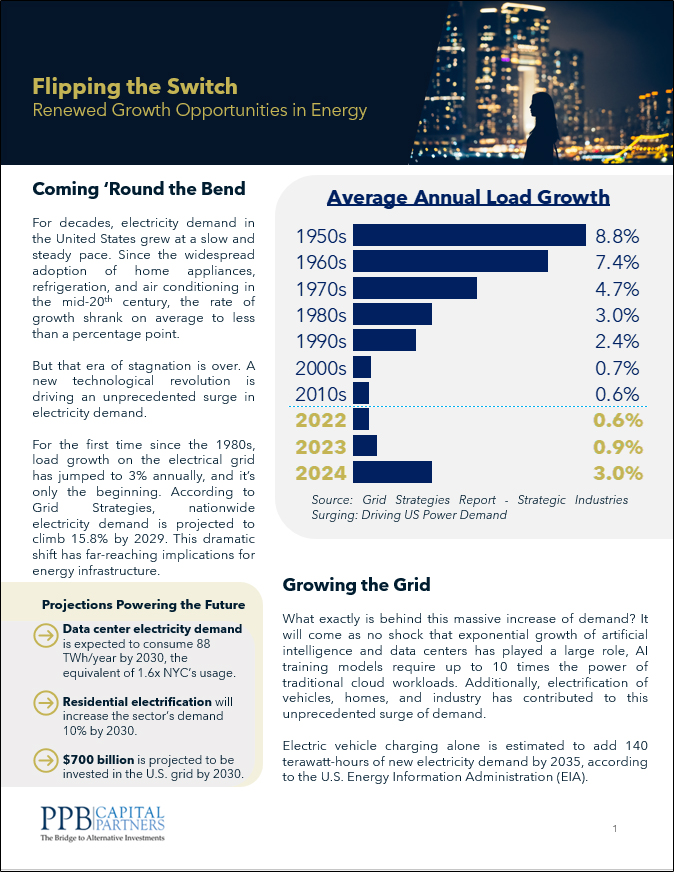
Trends in Workforce Housing Post COVID-19
October 12, 2020
As market volatility picks up before the election, wealth advisors continue to seek out uncorrelated return streams and new sources of income. Real estate investing has brought many of these solutions in the past, but the pandemic has created a bifurcated real estate market.
With record low interest rates, the residential housing sector is booming, particularly in the medium to higher-end price points. In particular, suburban real estate prices are soaring, as more people move out of urban centers creating more demand and current inventory levels are limited. In contrast, the hospitality sector and office space remain under stress as the long-term implications of COVID-19 remain unknown.
Within residential real estate there is further bifurcation as global capital flowing into multifamily is down almost 50% year over year for the first half of 2020.1 (CBRE Chart)
While most larger investors have focused on urban centers and Class A properties historically, workforce housing has remained an underserviced segment of the multifamily market. Workforce housing is defined as housing that is affordable to households earning 60% to 120% of area median income (AMI). This segment of the market has historically been recession-proof, which was demonstrated during the last recession in 2008. Properties maintained high occupancy rates as the renters were renting by necessity, not choice.
Despite the stability in this segment, there has been a significant shortage of workforce housing available as most new development has focused on properties generating higher rents per unit. Less than 3% of all newly developed apartments over the last decade are considered affordable to AMI earners. As renters continue to move out of pricier units due to the pandemic and its implications on families worldwide, vacancy rates in workforce housing are at 20-year lows.
Because most institutional investors and the larger public REITs are focused on bigger properties in major cities which command higher rents, many larger allocators are underweight workforce housing and have limited opportunities to access this subset of the multifamily market.
We believe investors would be wise to look for smaller, more nimble managers to fill workforce housing mandates. These fund managers are well positioned to deliver stable income to investors. While cap rates have continued to compress, the record interest rate environment has kept rent spreads at attractive levels. Workforce housing remains a compelling investment, especially as investors ponder the direction of the public markets and move beyond traditional fixed income in their search for yield.
For more information on how to access dedicated workforce, multifamily real estate strategies, please contact Frank Burke, CFA, CAIA, Chief Investment Officer, PPB Capital Partners, 484.278.4017 Ext. 108



